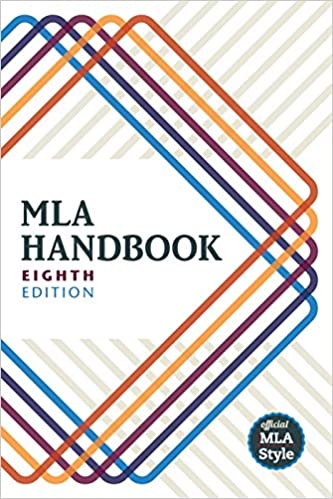 If you’re studying the humanities, especially subjects like Comp Lit, criticism, or English, you’re probably familiar with MLA style. The Modern Language Association (MLA) has published two books about MLA formatting: The MLA Style Manual and The MLA Handbook. For all their similarities, the two are different – or were, anyway, since The MLA Style Manual went out of print in 2016, due to how popular the Handbook was. While you can look at the MLA Style Center for tips, shortcuts, and answers to questions you might have, here at Dissertation Editor, we have experienced editors who specialize in MLA formatting. This means if you have a paper that needs to be formatted per MLA, you’ll get an editor who excels at this style; you never have to worry about an editor who’s unfamiliar with your specified formatting needs.
If you’re studying the humanities, especially subjects like Comp Lit, criticism, or English, you’re probably familiar with MLA style. The Modern Language Association (MLA) has published two books about MLA formatting: The MLA Style Manual and The MLA Handbook. For all their similarities, the two are different – or were, anyway, since The MLA Style Manual went out of print in 2016, due to how popular the Handbook was. While you can look at the MLA Style Center for tips, shortcuts, and answers to questions you might have, here at Dissertation Editor, we have experienced editors who specialize in MLA formatting. This means if you have a paper that needs to be formatted per MLA, you’ll get an editor who excels at this style; you never have to worry about an editor who’s unfamiliar with your specified formatting needs.
The Manual was primarily for graduate students, scholars, and professional writers, and the Handbook was supposed to be for secondary and post-secondary students. As of right now, the MLA has said they are creating material to address the academic and professional needs of those who would have used the Manual, but nothing has been published yet. When the Manual went out of print, the MLA stated that as of April 2016, the 8th edition of the Handbook was now the definitive source for MLA formatting. You can see all of the updates in this edition here.
So…what is the MLA Handbook?
The original 1977 title was called The MLA Handbook for Writers of Research Papers, Theses, and Dissertations, and found its inspiration from the MLA Style Sheet, a 28-page booklet first published in 1951. As with other formatting styles, the point is to bring a clarity to the paper so that the reader is focused on the material itself, and not peripheral things like spacing or sloppiness of the text. MLA style can also help protect against accusations of plagiarism, because if everything is cited properly and according to guidelines, the necessary information is accounted for and given proper credit.
Basics of MLA style include double-spacing, one inch margins all around, using a legible basic font, one space after periods and other punctuation marks, and using a Works Cited page. There are no footnotes, and if endnotes are necessary, they are in a separate section prior to Works Cited, labeled “Notes.” Of course, these elements are straight MLA style; your school or program might have additional unique specifications, and these should always supersede MLA guidelines.
Formatting styles can be tricky, especially if you're also dealing with a set of formatting guidelines from your program that seem to contradict or complicate MLA instructions. We've been there, and we can help. Contact us today for your MLA formatting needs, and we'd be happy to talk with you and assess your project to see how we can help take your dissertation or thesis to the next level.
Formatting Friday: MLA Style

Tagged under: Formatting Friday MLA formatting formatting help